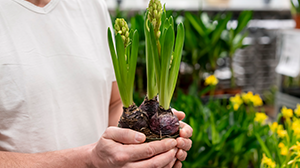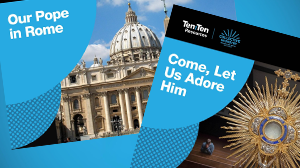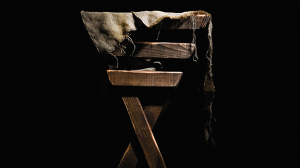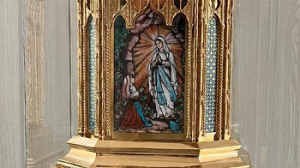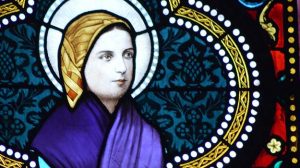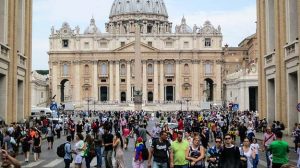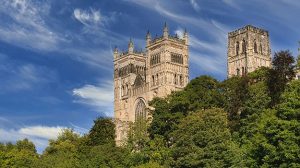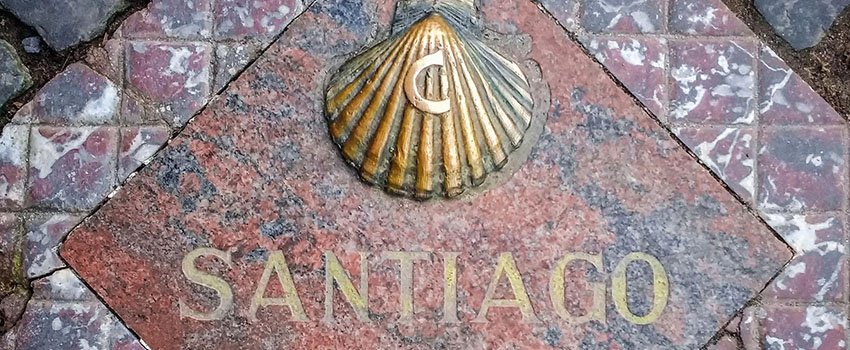
For some, the thought of taking a month to reach a destination on foot, might be off-putting. But yet many choose to leave everything behind, to challenge themselves, physically, mentally, emotionally and spiritually. The Camino de Santiago (or ‘The Way of St James’) can be walked or cycled by anyone, whether or not they share the same faith beliefs as the Catholics who began the Camino de Santiago pilgrimage tradition.
The Camino is made up of a network of routes, all leading to the same destination. Some people choose to travel the Camino in stages over a period of years, others complete it in one trip.
The Camino in the Spotlight
The Camino de Santiago gained popularity in recent years due to publicity from some famous pilgrims embarking on the journey and sharing their factual and fictional experiences!
For example, Timmy Mallet, famed for presenting children’s television shows in the 1980s, cycled the Camino in memory of his deceased brother Martin (who had Downs Syndrome) and wrote about it beautifully in his book ‘Utterly Brilliant! – My Life’s Journey’.
The three-part BBC documentary series, The Road to Santiago de Compostela, which features celebrities walking the Camino, gives viewers a sense of the challenges and joys involved, and an insight into a variety of reasons for walking it. These walkers began their journey in St Jean Pied de Port, France, and travelled west across northern Spain, following the route entitled ‘Camino Frances’ which is 790km long!
This was also the route that Martin Sheen’s character, Tom, followed in the 2010 film ‘The Way’. It’s a great film to give you a flavour of the variety of reasons that people might embark on the Camino experience. You can watch the trailer in the video below:
The Roads Less Travelled
There are several other popular routes through Spain and Portugal. The Confraternity of St James even recognises some pilgrimage routes which begin in the UK, meaning English pilgrims can even begin their Camino by following The English Way.
Pilgrims carry a passport which is stamped at various destinations along the final 100km of the Camino as a record of the pilgrimage and proof of completion. The recognised routes in the UK also use the passport and 25km of the UK routes count towards the completed 100km.
What is the Significance of the Camino de Santiago?
Pilgrims have walked the Camino for over 1000 years, to visit the final resting place of St James the Apostle, brother of St John. These siblings were referred to as the Sons of Zebedee and nicknamed ‘Sons of Thunder’ in the Gospels.
Tradition has it that St James was sent to the area to preach the Gospel to the people there. He was ultimately executed by King Herod Agrippa in Jerusalem in AD 44, but it is claimed that St James’ body was miraculously transported to northwest Spain and discovered in the 9th century. There is disagreement among scholars about the authenticity of the relics. Regardless, pilgrims still stream to Santiago de Compostela today.
Pilgrim Shells
All along the Camino, yellow scallop shell signs point the way to Santiago. Pilgrims are given a shell to tie onto their backpack as a sign of the pilgrimage. The shell has been linked with Santiago and St James since the beginning. It is said that it was a drinking vessel to scoop water from springs along the route. They were sold as souvenirs to pilgrims and given on completion of the pilgrimage by clergy. Scallop shells were also linked with miracles and are a sign of resurrection. There is a story that as the body of St James was brought to the Spanish peninsula by sea, a storm rose and shipwrecked the vessel. In time, St James’ body was discovered on the shore, undamaged and covered in scallop shells.
The grooved lines of the scallop shell, leading from the outer edges to the centre, have come to signify for many the very idea of pilgrimage itself: journeying from where we are towards God at the centre.
Pilgrims on the Camino carry a shell to help them focus on their journey to God. When the way is difficult and they feel like giving up, the shell reminds them to keep going and focus on God, the reason for their journey.
Kindness On The Camino
The solidarity experienced among pilgrims and previous pilgrims is a motivating force for love and service. This is explored in the Ten Ten Assembly for w/c 16 May (subscribers only); we see that the pilgrims encounter the solidarity of others on the way to Santiago de Compostela. People motivated by the love they have received, serve pilgrims in different ways. Administering first aid, (large blisters are a significant feature!) hospitality such as free wine and a ‘pay as you feel’ eatery are a few examples. Kindness is a mark of the Camino.
The Final Destination
The Cathedral of Santiago de Compostela is the final destination for most pilgrims. Each day there is an opportunity to attend a Pilgrims’ Mass and celebrate the Sacrament of Reconciliation. 2022 has been announced as a special Holy Year in Santiago de Compostela, and there are further opportunities for pilgrims to celebrate reaching their destination.
Inside the Cathedral, a giant incense container (known as a thurible) can be found. The ‘Botafumeiro’ dates to the mid 19th century. It swings across the main altar, filling the place with incense on special days and is a sight to behold.
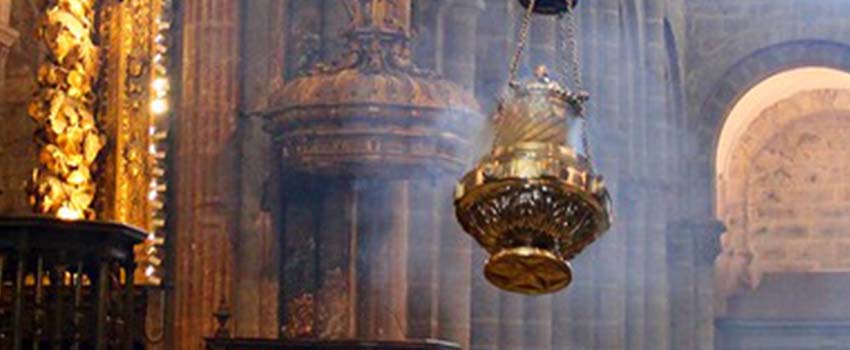
In 1989, Pope John Paul II invited young Catholics to meet in Santiago de Compostela for World Youth Day. In his address, St John Paul reflected on the way that faith in Jesus is translated to a real and full life, he said:
Modern day pilgrim, Fr Philip Conner from the Diocese of Lancaster, summed up the Camino de Santiago experience when he said:
Just as the smoke of the ‘Botafumeiro’ fills the Cathedral, and the solidarity of pilgrims motivates them to show love, how will the Ten Ten Year of Pilgrimage resource Our Pilgrimage to Santiago de Compostela make a tangible difference to your school?


